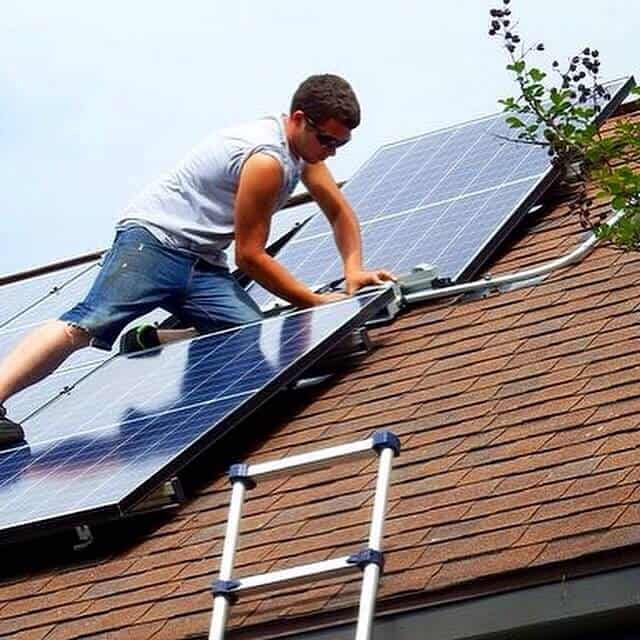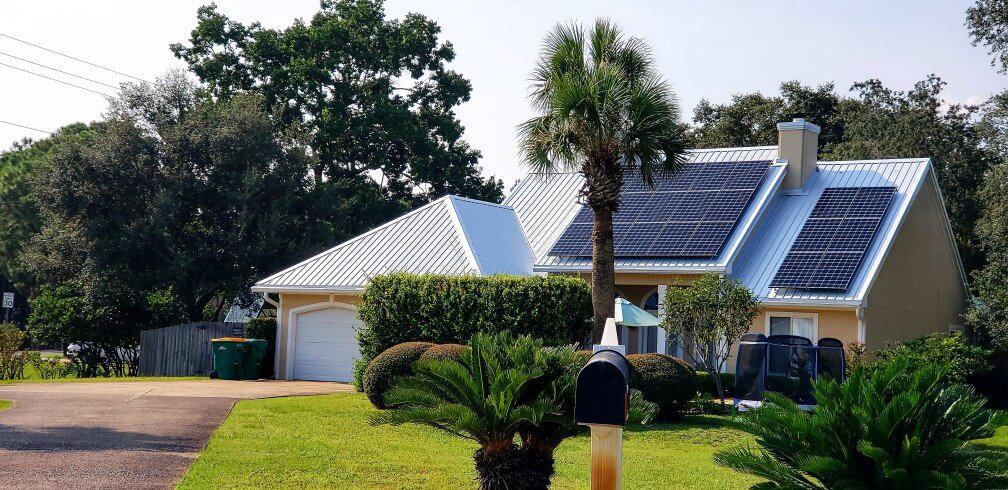Energy issues continue to climb up the list of priorities for governments around the world, with renewable energy being one of the most discussed. Governments are still trying to passively encourage a switch over to more renewable energy sources via systems of tax breaks and feed-in tariff schemes; England and Wales launched the latter a few years ago. However, a massive cut (from 43p/kWh to 21p/kWh and lasting 25 years), in the tariff rate being paid to citizens installing solar panels in their homes, followed by a smaller cut this summer (to 16p/kWh and lasting only 20 years), left some wondering if there was still enough incentive to encourage English citizens to make this investment.

The answer is yes, for two main reasons.
First, the feed-in tariff is still a good deal – Not as good a deal as a few years ago, but still representing an average annual income of about £600 for the next decades – a total potential income of £12,000. That is a sizeable enough amount of money for most households for it to be worth the trouble of solar panel installation. Considering that solar panels will also reduce total energy costs for the house as well as reduce the carbon “footprint” of the household over those years – while requiring very little overall maintenance beyond keeping shade off of the panels – this becomes even more attractive.
Solar Panel Installation Still a Good Investment Despite Tariff Reduction
Additionally, the government did increase the export tariffs on excess power fed to the grid by solar panel installations from 3.2p/kWh to 4.5p/kWh. This extra income could be significant, especially in larger homes with more roof space for panels, and households that conserve energy and use less of the power they generate, leaving more to be fed back to the grid.
Despite the reductions in the tariff, England’s program to encourage solar panel installation remains a success, with 12,000 households installing solar panels every month in England and Wales. Granted, this is down significantly from the 27,000 households per month prior to the major tariff reduction of 2011 but is still a robust and growing number. Solar panel manufacturers have also refined their manufacturing processes, reducing installation costs, which is a further inducement, as homeowners will recoup their investment even faster.

England lags behind the world in such programs, however. Only 3.92% of England’s energy comes from renewable sources, leaving it near the bottom of the list of countries with any sort of renewable energy program. By comparison Paraguay – a country not normally mentioned in the same category as the United Kingdom – sources all of its energy needs from renewable, carbon-neutral methods. Paraguay is a much small nation, of course, but it does put the 3.92% figure into perspective. A predicted reduction of spare energy production (from 14% to 4% by 2016, according to a report from Ofgem) only stresses that even if the environmental impact is discarded, the country needs more alternative energy sources and should be working to encourage solar panel installations.
The Verdict
Still, solar remains a good investment for homeowners across the country. It should be included in any household plan for the coming year.